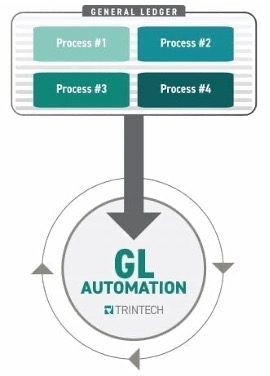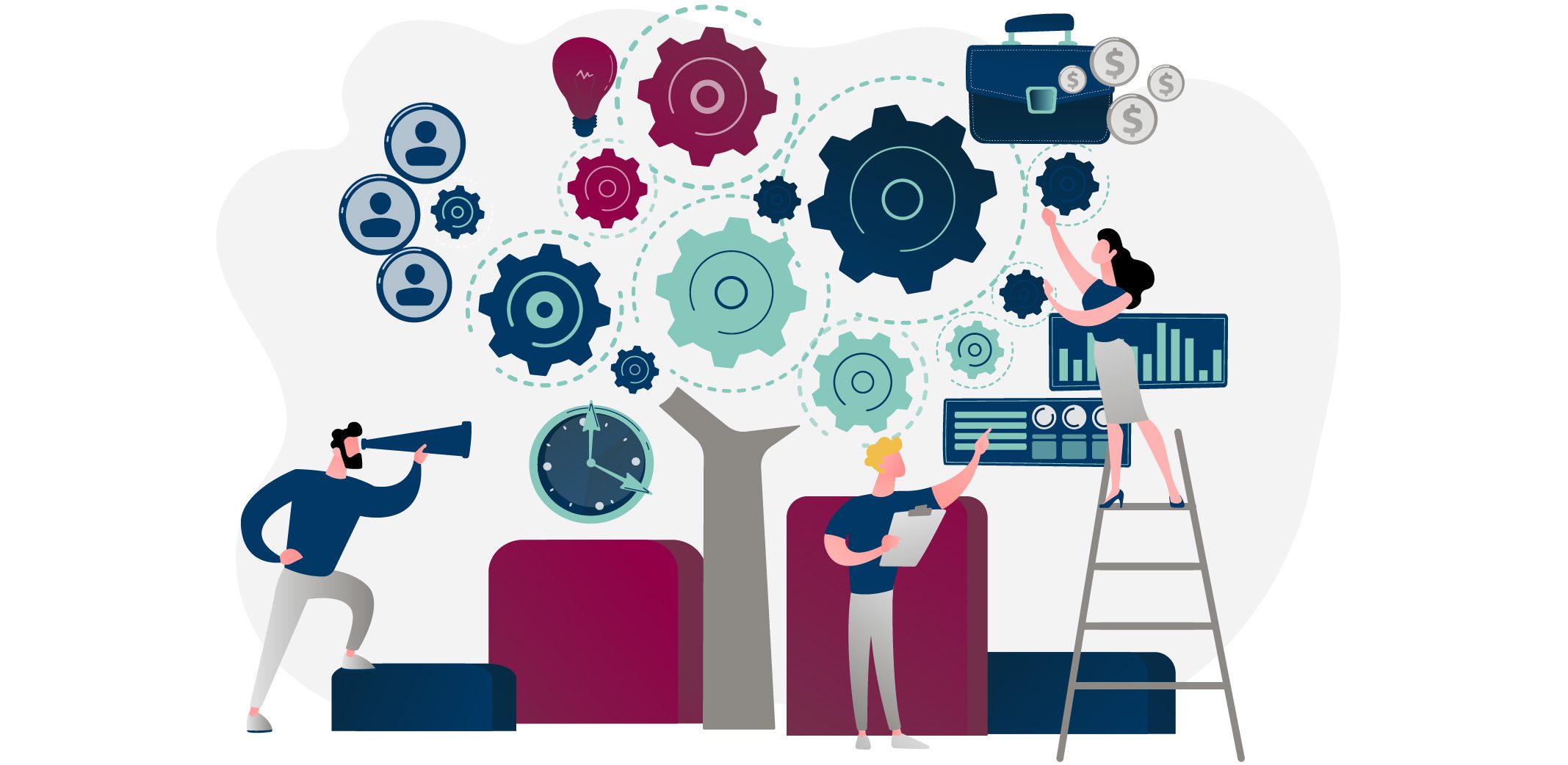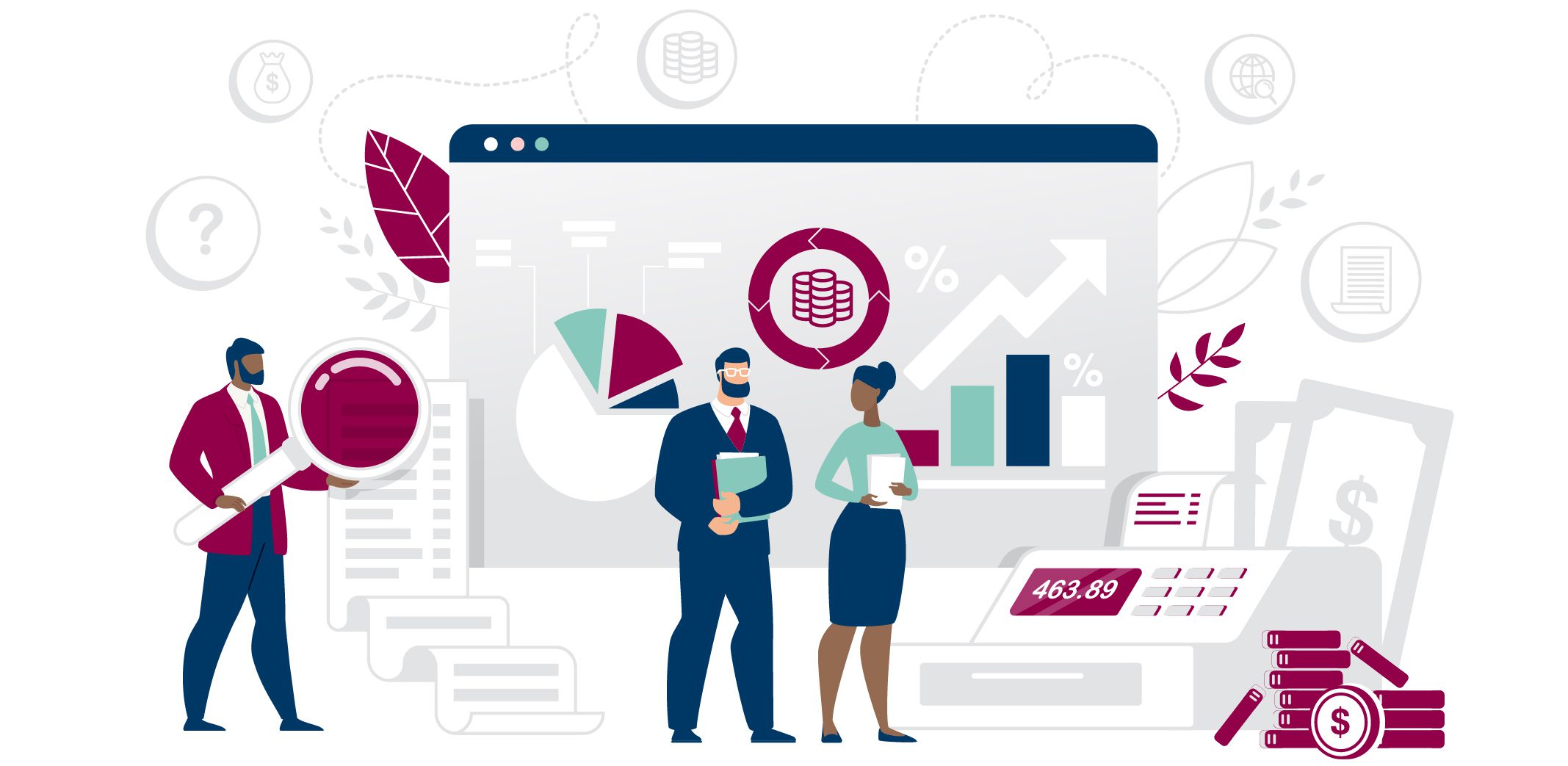How to Streamline the General Ledger Reconciliation Process
Blog post
Share
Streamlining the General Ledger Reconciliation Process

The general ledger reconciliation process can be one of the most complicated pieces of the financial close and is often the largest source of bottlenecks in the close. Transactions come in from all over the company and must be reconciled together in the comprehensive system that is the General Ledger (GL).
The time-consuming process of GL reconciliation is painfully necessary, but not always efficient. Disruptive communication methods, unorganized workflows, reconciliation discrepancies, and heavy transaction volumes to manage are just a few of the challenges within the reconciliation process.
Solve Manually Sourced Problems With Automated Workflows for Reconciliation
For finance and accounting (F&A), consistent and controlled workflows and processes are imperative to the accuracy and reliability of the resulting financial reporting. Many F&A teams rely on manual processes, static spreadsheets, one person’s post-it note chain, another’s whiteboard reminder and a whole bunch of other “unique” tactics in order to produce reliable financial statements on a regular basis. Reconciliation workflows based on manual efforts inevitably lead to headaches and frustration, miscommunication and eventually, misstatements.
When automated workflows for reconciliation are enforced via world-class general ledger reconciliation software, the process is significantly improved by updating and enforcing standards across the team to enable a communicative, digital flow of timely information. Additionally, automated workflows establish a better, more efficient reconciliation preparation and approval process — two common financial close bottlenecks F&A teams often face.
Enforce Key Controls as Part of a Comprehensive Control Framework
Automated workflows inside a general ledger reconciliation software solution do more than just align individuals’ note-taking and communication methods — it also ensures employees adhere to required controls, creating a consistent control framework.

Whether reconciling internal or external data, all rules must be followed and are documented in turn.
Setting proper controls to be enforced within the workflow not only streamlines the general ledger reconciliation process, but ensures that the goal of general ledger reconciliation efficiency is met while never sacrificing the integrity of the resulting financial reports.
Implement General Ledger Reconciliation Software for Efficiency and Effectiveness
With automated reconciliation workflows and key controls in place, it’s time to turn to the additional challenges that matching and reconciliation create. In a perfect world, transactions would come to F&A teams in an orderly fashion, spaced evenly throughout the period.
But inevitably, they often pile up and overwhelm staff, especially at year-end for industries such as retail, e-commerce and the food and restaurant sectors. Automating the matching process, including automatically identifying reconciliation discrepancies, saves the organization both time and money, and allows the Office of Finance to adapt and pivot with a constantly changing business environment.
Automating the matching process streamlines general ledger reconciliation by both speeding up the process, and implementing standardization before automation is ever applied. Standardization includes, but is not limited to:
- Executing a close calendar
- Addressing data environment complexities
- Using uniform, prepared templates
- Evaluating policies, process design and service placement
- Clarifying roles and responsibilities of key close individuals
Create Audit Ease Through Standardization and Automation
When gearing up for an audit, prepared templates help your auditors easily compare data across functions and time periods. A general ledger reconciliation software solution that tracks the identification and resolution process of reconciliation discrepancies limits confusion and streamlines the entire audit. Furthermore, documentation stored inside a centralized general ledger reconciliation software solution keeps it easily and securely accessible for auditor use.

F&A teams may never look forward to an audit, but there is a way to make it less painful and disruptive. To be ready, the general ledger reconciliation process must be well-documented throughout each step.
Automation enables this required documentation by relying on the system to pull together all relevant documents within a cohesive digital view for auditors, subsequently lowering the company’s chance of financial risk in an audit.
[cta-content-placement]
Automating and standardizing the general ledger reconciliation process solves common challenges for accounting professionals by streamlining workflows, improving internal controls and reducing risk, and simplifying the audit process. Ultimately, the time freed up by using automated general ledger reconciliation software empowers accounting professionals to drive more value for the organization through strategic activities.
Written by: Ashton Mathai






